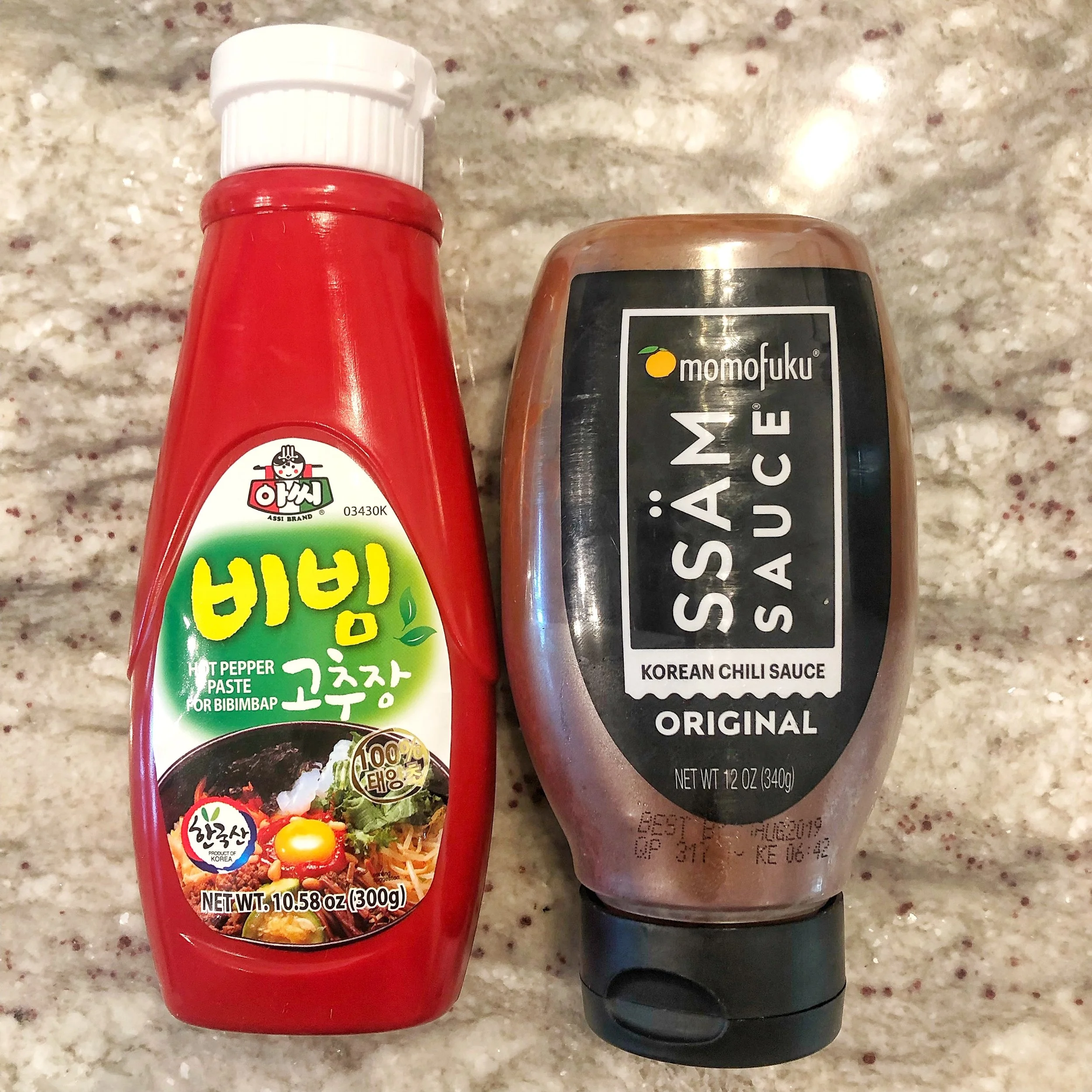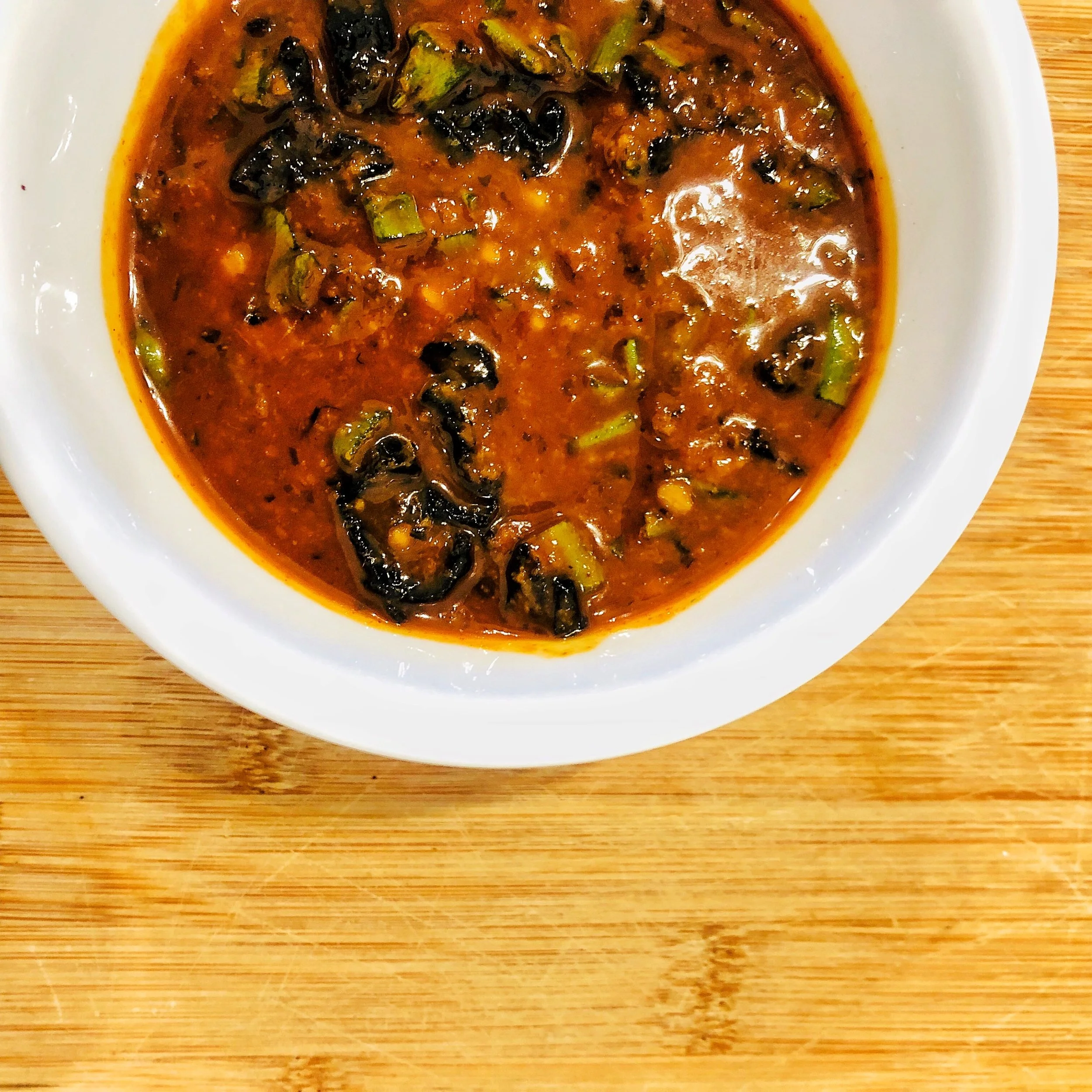How to Make Vegan Kimchi
Food experiments stress me out. I love trying new things, but I also hate when you spend hours in the kitchen working on something only for it to fail. That’s why I was SO excited when I tried my own kimchi recipe and it worked!
I’ve always loved kimchi ever since I first had Korean food several years ago. There’s something so refreshing about the tangy, spicy, and crunchy flavors and textures that I am obsessed with. Fermented foods are my thing, you guys. Eat this with rice or rice noodles, with tofu, on asian tacos, or just by itself; it’s that good.
For the gochujang sauce, I already had an old brand of Korean chili sauce in my fridge, but I also added some of one I bought from my local international food store that was made without anchovy sauce. The Momofuku brand Ssam sauce I felt was perfect for this recipe because it had miso, which is called for in a lot of vegan kimchi recipes to mimic fish sauce. The other brand I bought from my local store was more authentic spice-wise, but it didn’t have as much heat to me. I added paprika and cayenne for more spice. I suggest experimenting with different sauces and spices to see what you like!
INGREDIENTS:
1 head napa cabbage
1/2 large daikon radish
8 green onions
1/4 cup kosher salt
1/2 cup gochujang sauce
4 nori sheets, chopped
1 knob of ginger, grated
2 cloves garlic
1 tsp sugar
1 tsp cayenne powder
1 tsp paprika
1 Kirby (pickling) cucumber
1. Wash and chop up the entire head of napa cabbage, the daikon radish, and 4 green onions. Place in a large bowl and coat evenly with the kosher salt. Leave the mixture in the bowl to wilt for about an hour to two hours.
2. For the sauce, combine the gochujang sauce, nori, the rest of the green onions, grated fresh ginger, garlic, sugar, cayenne powder, and paprika.
4. When the cabbage mixture is ready (it should look wilted and much softer), place it in a colander and rinse the brine water off very well. Place the rinsed cabbage mixture in a new bowl, along with one julienned Kirby cucumber, and combine with the sauce.
5. Once it’s coated in sauce, pack the kimchi into a large Ball or canning jar, trying to submerge as much of the kimchi in the sauce mixture. Leave at least 1 inch of air in between the packed kimchi and the lid of the jar so that any gasses from the fermentation process have somewhere to go.
6. Leave the jar in a cool, dark place. Once per day, open your jar to let any trapped air out. If you’d like, you can taste the kimchi everyday until it reaches your desired taste.
7. When you decide you like the taste, place the kimchi in the fridge.











